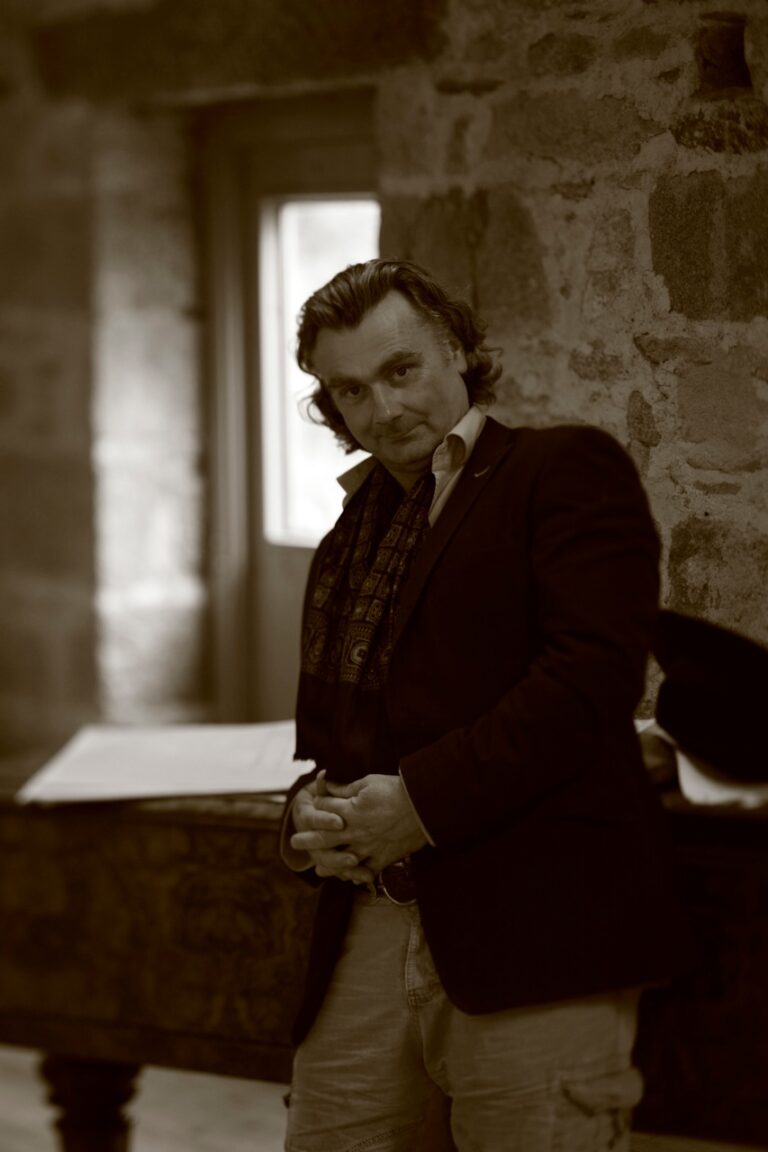The Story Behind Sonustalgia
Some years ago I wrote a symphonic piece that incorporated birdsong and natural sound as an integral element of its score, and traced an autobiographical journey from London, where I was born and raised, to the remote and spectacular islands of the Outer Hebrides.
The contrasting soundscapes of these disparate environments were fundamental to my emotional experience of them; the bird songs that were part of these wild spaces, curlews, cuckoos, corn crakes, golden plovers (amongst others), left an indelible and haunting impression on me, and a realisation of the ability of certain bird songs to touch the human soul, to offer us a moment of stillness, was awakened in me, In its most sublime moments I experienced bird song as a portal to another realm.
Inspired by this I began writing a series of movements featuring the most meaningful and hauntingly beautiful bird songs to me. Whilst the recorded sounds within the score evoked the landscapes, so the music itself was an expression of my own experience of these contrastingly different and beautiful environments.
In combining these elements I wanted an audience to be able to travel through a three dimensional space within which the natural sounds would emerge and dissolve around them as the journey unfolded.
The significant decline of so many of our native birds over the last fifty and more years has correspondingly diminished our experience of our surroundings, as sounds that once filled our landscapes and enriched our souls are no longer heard.
In harnessing the power of symphonic music with that of bird song I saw a perfect opportunity to speak to a contemporary audience: to use the concert platform and recorded mediums as a means to inspire a call to action; to motivate an impassioned effort to reverse the tide of loss so that future generations might appreciate the beauty of the bird songs that once nurtured the souls of our forebears.
Dominic Crawford Collins

John O’Donohue on Sonustalgia
(Philosopher/Poet author of Anam Cara.)
Music is the most ancient language. It is the perfect sister of silence. It brings to the surface the worlds that live deep within the silence. There is some strange sense in which the music that arrives to the surface to claim our hearing has undertaken a long voyage to reach us. Like a well within a mountain, it has voyaged long in the unseen, unknowable darkness; the stream of music that appears has a hidden memory of which we are unaware. It is as though the voyage through that secret night has sharpened and clarified its resonance. When it surfaces, it is immediately able to claim us. This has been my experience with Dominic Crawford Collins’ music. There is something breaking the silence here that has been coming towards us from the great distances. It is a music full of the journey of narrative. On its voyage, it evokes the soundscapes of its own origin. It evokes them with a sureness and depth. And with each curve in its narrative, it enters its own memory with such ease and elegance. I hear in Dominic’s music the perennial rhythms of the ocean. Time and again, it brings us back to this most trustable and primal of rhythm contours. As befits a wonderful narrative structure, the music enfolds the voices and sounds of the different landscapes. There is the harsh cacophony of London and City streets and then the balm of wistful, elegant long chords that restore us to the dream of the pastoral. T.S. Eliot said: poetry like music should communicate before it is understood.